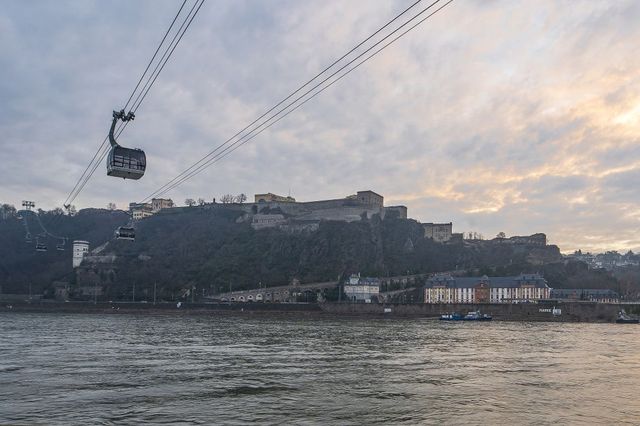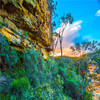VTL Europe : Germany
mortaloveangel
Popular Travel Types
Popular Destinations
Southampton Travel | Wolverhampton Travel | Langkawi Travel | Venice Travel | Benidorm Travel | Split Travel | Scotland Travel | Reykjavik Travel | Kuala Lumpur Travel | Lahore Travel | Riyadh Travel | Izmir Travel | Copenhagen Travel | Valletta Travel | Bruinisse Travel | Sakurai Travel | Narayani Travel | Soufriere Travel | Yla-Pirkanmaa Travel | Moose Jaw Travel | Lodi Travel | Cajeme Travel | Bridgewater Travel | La Jolla Travel
Recommended Attractions at Popular Destinations
Bangkok attraction near me | Tokyo attraction near me | Manila attraction near me | Hong Kong attraction near me | Taipei attraction near me | Seoul attraction near me | Los Angeles attraction near me | New York attraction near me | Shanghai attraction near me | Kuala Lumpur attraction near me | Shenzhen attraction near me | Osaka attraction near me | Singapore attraction near me | London attraction near me | Guangzhou attraction near me | San Francisco attraction near me | Beijing attraction near me | Macau attraction near me | Bali attraction near me | Paris attraction near me | Ho Chi Minh City attraction near me | Orlando attraction near me | Jakarta attraction near me | Phuket attraction near me | Chicago attraction near me | Toronto attraction near me | Fukuoka attraction near me | Istanbul attraction near me | Dallas attraction near me | Cebu attraction near me
Popular Attractions
Secret Massage Centre | Canterbury Cathedral | Windsor Great Park | Atal Sarovar, Rajkot | Leaning Tower of Pisa | Tokyo Tower | Satya Sagar Water Park | Seine River | Stonehenge | Empire State Building | Top of The Rock | Leshan Giant Buddha | Picasso Museum Barcelona | Antalya | Tokyo Disneyland | Jinji Lake | Jumeirah Mosque | Edinburgh Zoo | "The Song of Everlasting Sorrow" | Cathedral of Barcelona | Castro Valley High School Tennis Courts | Labrador Fenced Agility Dog Park | Sakurajima | Marshal-Joffre Park | K.Temple | Oak Creek Parkway Park | Château du Cambon | Caraibe Parapente | Bukit pinus salodik | Vladimir Central Prison
Popular Restaurants in Koblenz
Da Vinci | Circus Maximus | GERHARDS GENUSSGESELLSCHAFT | BARISTAZ COFFEE HEROES | Buffalo | Suvarnabhumi - Thai Spezialitäten | Tamrap Thai Restaurant | Restaurant Verbene | Hans im Gluck | Trattoria da Raffaele | Eiscafé Brustolon am Bahnhofplatz | Cofone Weinbar | DREI HEFEN | Griller's Delight | Bistro Rhein-Moselblick | Restaurant ClemenS | Taj Mahal | La Mamma | Klein`s Fronhof | Winninger Weinstuben | Ristorante Pizzeria da Pulcinella | Adaccio | Sushi & Ramen Pirates | Vapiano Koblenz | Pizzeria Sole | An Nam Restaurant | Bar Tapas Guarida | Restaurant Augusta | Syrtaki | Ichiban
Payment Methods
Our Partners
Copyright © 2024 Trip.com Travel Singapore Pte. Ltd. All rights reserved
Site Operator: Trip.com Travel Singapore Pte. Ltd.
Site Operator: Trip.com Travel Singapore Pte. Ltd.





















